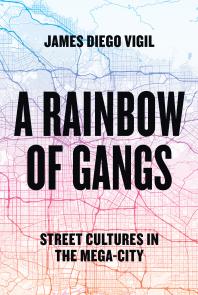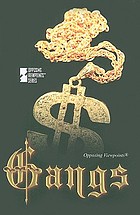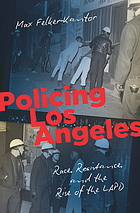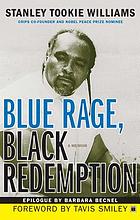Use the search words, library databases, and selected sources below to support your analysis of the film.
 Crips and Bloods : made in America
by
Crips and Bloods : made in America
by
Consider the following themes from the film" Crips and Bloods: Made in America"
How? Click on the library databases below and type Broad Search Words relating to your topic, such as: mass incarceration
Click on the next tab above ("Then find books, videos, articles") to dig deeper and focus your search.
You can also use Google Scholar or Google Books to find sources:
If you can't find the full text of an article or book (through library databases or through Google Scholar or on the web), you can request it through Interlibrary Loan. Through this service, you can usually get copies of articles in 3-4 business days and books in 8-10 days.
CLICK:
(Click below to enlarge image)
Examples
Use the Evaluation Criteria Below to Evaluate the Quality of Your Source.
Log in or create your free student account with NoodleTools using the link below and easily create and store citations.
Vide the video and information below to learn more about why citing is so important!
To find video segments in the "Contents" area: Click the carrot or the arrow at the bottom of the video player
Example:
(click to enlarge image)
View the video below to learn more about how the librarians can help you
Contact us:
![]() In Person
In Person
Find a librarian on staff at the information desk during the library's open hours. This is the best way to contact us if you are on campus, need immediate assistance or have a lengthy or complicated question.
![]() By Chat / Instant Message
By Chat / Instant Message
Chat with a librarian through the library's chat /instant messaging service. We participate in a program where librarians from all over the country can answer questions, 24 hours a day, 7 days a week!
![]() By Email
By Email
Email a reference librarian with a reference question at librarian@greenriver.edu. This is an alternative to chat IM if you want help from a Green River Community College librarian. Emails will be answered Monday through Friday during normal business hours.
(click on image to enlarge)
 Operation Fly Trap: L. A. Gangs, Drugs, and the Law
by
Operation Fly Trap: L. A. Gangs, Drugs, and the Law
by
 A Rainbow of Gangs: Street Cultures in the Mega-City
by
A Rainbow of Gangs: Street Cultures in the Mega-City
by
 Gangs: Opposing Viewpoints
by
Gangs: Opposing Viewpoints
by
 Youth Gangs and Community Intervention: Research, Practice, and Evidence
by
Youth Gangs and Community Intervention: Research, Practice, and Evidence
by
 Policing Los Angeles: Race, Resistance, and the Rise of the LAPD
by
Policing Los Angeles: Race, Resistance, and the Rise of the LAPD
by
 The Neighborhood Has Its Own Rules: Latinos and African Americans in South Los Angeles
by
The Neighborhood Has Its Own Rules: Latinos and African Americans in South Los Angeles
by
 Encyclopedia of Gangs
by
Encyclopedia of Gangs
by
 The Barrio Gangs of San Antonio, 1915-2015
by
The Barrio Gangs of San Antonio, 1915-2015
by
 God's Gangs: Barrio ministry, masculinity, and gang recovery
by
God's Gangs: Barrio ministry, masculinity, and gang recovery
by
 Monster: The autobiography of an L.A. gang member
by
Monster: The autobiography of an L.A. gang member
by
 Blue Rage, Black Redemption: A Memoir
by
Blue Rage, Black Redemption: A Memoir
by